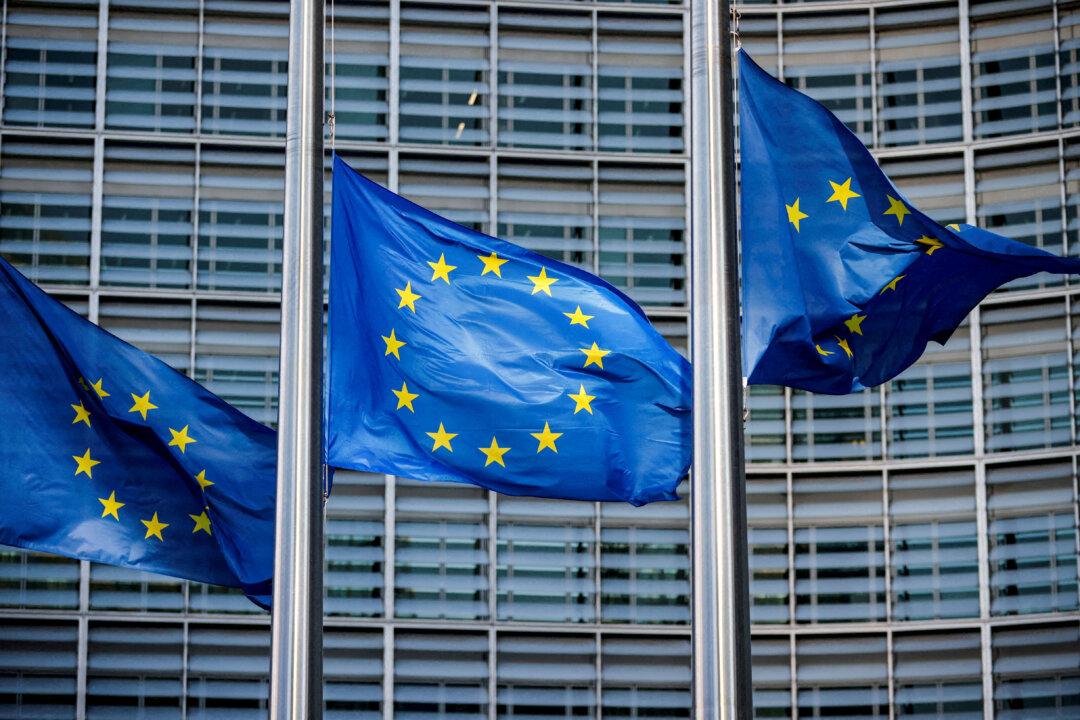The new administration in Washington has said it plans to institute rates on steel and aluminum coming into the United States starting on March 12.
The EU has had safeguards in the form of tariff-free quotas and member states for various categories of steel since 2018.
They were designed to prevent a flood of metal exports being diverted from the United States to the bloc following the metals tariffs brought in during Trump’s first term.
Trump has said the new 25 percent steel and aluminum tariffs will apply to all countries, canceling exemptions and duty-free quotas for major suppliers.
Leopoldo Rubinacci, deputy director general for trade at the European Commission, said at a hearing at the European Parliament that the EU’s executive branch had begun a review of the safeguard measures and planned to conclude it by the end of next month.
“One question that we have ... is that because the scope of the measures on steel and the duties on aluminum are increased, whether there is a need to have a new safeguard or look at other means of protecting the market,” he told parliamentarians in Brussels.
The commission has also said it will look into extending the safeguards or having some alternative mechanism, beyond mid-2026.
The European Commission concluded in 2018 that Trump’s steel and aluminum tariffs were a “safeguard in disguise,” meaning that the United States needed to compensate its trading partners.
“By and large, I do believe that the legal analysis that was made at the time still stands,” Rubinacci said.
Europe’s response in 2018 was counter-tariffs on U.S. exports, including bourbon whiskey and motorbikes, but these countermeasures have been suspended until the end of March.
Outside the EU, the UK published a major consultation for its steel industry on Feb. 16, weeks ahead of schedule, because of Trump’s planned tariffs.
“I’ve decided, for purposes of fairness, that I will charge a reciprocal tariff, meaning whatever countries charge the United States of America,” Trump said to reporters from the Oval Office.
“In almost all cases, they’re charging us vastly more than we charge them, but those days are over.”
Trump also confirmed that there would be no exemptions or exclusions to the tariffs, and White House officials singled out the EU value-added tax (VAT), which they called a “double whammy” that almost triples the tariff rate on U.S. goods entering the trade bloc.
The EU’s average standard VAT rate is 21.8 percent.
“No wonder Germany sells eight times as many cars to us as we do to them, and President Trump is no longer going to tolerate that,” a White House official told reporters on a press call before the president’s announcement on Feb. 13.
Both tariffs and the approach to the ongoing conflict in Ukraine are proving to be wedge issues between Europe and the Trump administration.
Just this week, the Trump administration began talks with Kremlin officials in Saudi Arabia on ending the Russia–Ukraine war, while the EU reaffirmed its support for Kyiv following a hastily organized summit at the Elysee Palace in Paris.







